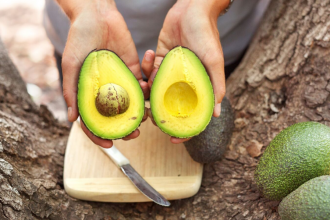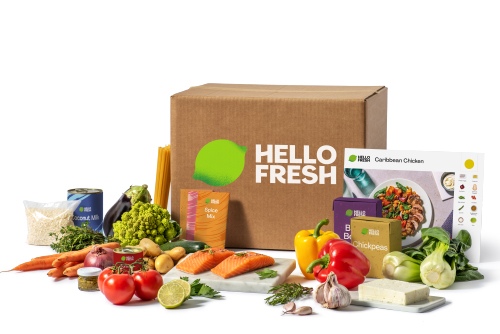The Essentials of Middle Eastern Cuisine October 7, 2016
You don’t need to be a master chef to add a touch of Middle Eastern cuisine to your dinner table tonight.
The Middle East is a big and varied region with many cultural differences, but the one thing they all agree on is that food is an integral part of their family celebrations, special days of honor, and festivals. Although the people of Middle Eastern countries (which include Egypt, Iran, Iraq, Israel, Jordan, Lebanon, Saudi Arabia, Syria, and Turkey) have distinctly different eating practices, food preferences, and food preparation techniques we’ve rounded up the 15 essential ingredients that are common among them all.
We can’t possibly cover everything that Middle Eastern cuisine has to offer in just one sitting. For now, focus on these three utility players which can easily be worked into the meals you’re already cooking to make them taste a touch more exotic.
Sumac
This crimson-colored berry is native to the Middle East and adds a tangy spice to almost any dish you make. Sprinkle ground sumac over your meats and veggies before grilling for a lemony flavor, or add the juice of the raw berries to marinades, dips, or dressings.
Pomegranate Molasses
Also known as pomegranate syrup, pomegranate molasses is a sticky, sweet and sour sauce thought to have originated from Persia. Instead of using balsamic vinegar, try pomegranate molasses with your next fresh herb salad. We particularly like using this syrup in our vegetable mashes, stews, sorbets, and cocktails (a glass of Prosecco will do just fine).
Za’atar
A mixed spice that is unique to the Middle East, za’atar is like a seasoning salt only way more interesting. It can be prepared many different ways, but typically it consists of sumac, oregano, thyme, sesame seeds, and salt. Take in the gorgeous aroma that Middle Easterners have come to love before you toss it onto, well, just about everything.
If you’re ready to bring home the rich flavors of the Middle East in all their mouthwatering glory there’s still time to get the following recipes delivered to you from our upcoming weekly menus for Classic and Veggie Plan members (and if you miss the meal selection cutoff, these recipes will be available for you anytime).
1. Roasted Cauliflower Steaks with Bulgur, Tzatziki, and Spiced Oil
Bulgur wheat is a clean, parboiled, whole grain that is versatile and loaded with nutrition. It has a mild, nutty flavor with a size similar to quinoa and a coarse texture like that of brown rice. In this dish, we serve it with roasted cauliflower, creamy tzatziki, and crunchy pepitas for a hearty vegetarian dinner.
2. Fattoush Salad with Crispy Chickpeas, Za’atar-Spiced Pita, and Feta Cheese
Fattoush is an Arab word that means “little bits of something,” and in this dish that something is the za’atar-spiced pita. It is a Middle Eastern version of the Italian panzanella, a hearty “salad” bulked up with equal parts bread and veggies. Full of greens, tangy, and packed with flavor, this one needs to be on your dinner table tonight.
Feeling adventurous? Now that you’ve whetted your palette with delicious flavors from the Middle East, check out our guide on the 18 essential ingredients of Indian cooking.











